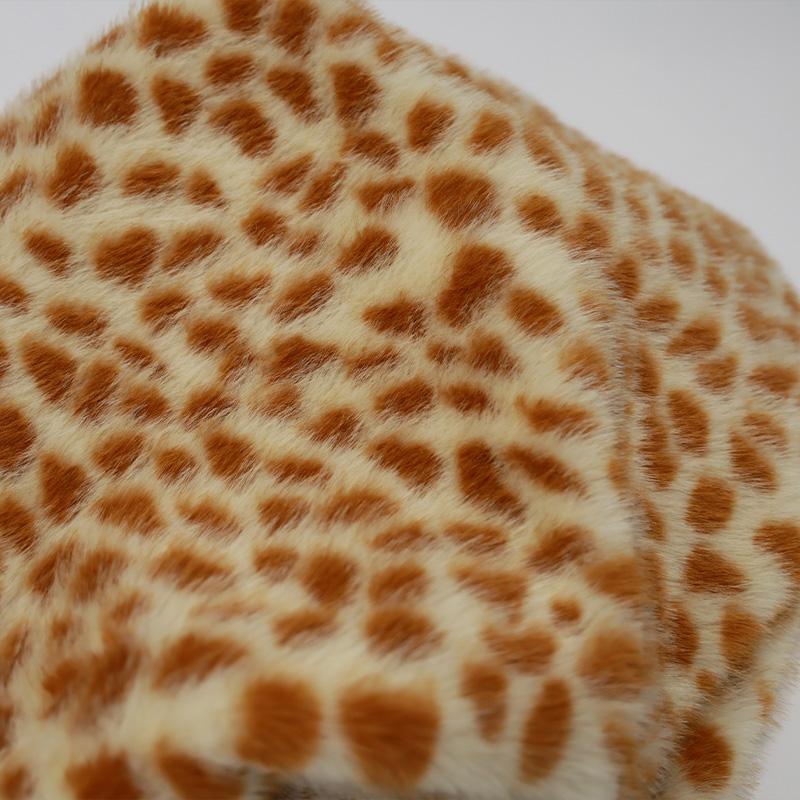











The integration of faux marten fur into the fashion industry has brought about a range of innovative designs and ethical considerations. However, like any material or product, faux marten fur faces certain challenges in the marketplace. This industry analysis aims to identify and explore the primary challenges associated with faux marten fur, providing insights into the obstacles that designers, manufacturers, and consumers may encounter.

Perception and Consumer Awareness
One significant challenge for faux marten fur is the perception and awareness among consumers. While many are increasingly conscious of ethical considerations in fashion, some may still associate faux fur with a lesser quality or aesthetic compared to genuine fur. This perception can be driven by past experiences with lower-quality synthetic materials or marketing messages that have emphasized the exclusivity and luxury of natural fur. Addressing this challenge requires ongoing education and marketing efforts to highlight the advantages of faux marten fur, such as its durability, cost-effectiveness, and ethical sourcing.
Quality Variability
Another challenge is the variability in quality among different faux marten fur products. The market is filled with a wide range of synthetic fur options, each with varying levels of craftsmanship and material quality. This variability can make it difficult for consumers to discern between high-quality faux marten fur and lesser-quality alternatives. Manufacturers and designers must ensure consistent quality control in their production processes to maintain consumer trust and satisfaction. This may involve investing in advanced manufacturing techniques and rigorous testing protocols to ensure that their faux marten fur meets high standards of durability and appearance.
Competition from Alternative Materials
The fashion industry is constantly evolving, with new materials and technologies emerging regularly. Faux marten fur faces competition from other synthetic and natural materials that may offer similar or alternative benefits. For instance, advancements in textile technology have led to the development of innovative fabrics that mimic the texture and appearance of fur while providing additional functionalities, such as breathability or water resistance. To stay competitive, faux marten fur manufacturers and designers must continually innovate, exploring new ways to enhance the material's appeal and functionality.
Production Costs and Scalability
Production costs and scalability are also challenges for faux marten fur. The manufacturing process for high-quality synthetic fur can be complex and resource-intensive, leading to higher costs compared to some alternative materials. Additionally, scaling production to meet increasing demand can be challenging, especially if manufacturers are limited by capacity or supply chain constraints. Addressing these challenges requires investments in production technology and supply chain management to improve efficiency and reduce costs while maintaining quality.
Market Acceptance and Trends
Lastly, market acceptance and trends can pose challenges for faux marten fur. While ethical considerations are becoming increasingly important to consumers, there may still be segments of the market that prefer genuine fur for its perceived authenticity and luxury. Additionally, fashion trends can be unpredictable and volatile, with consumer preferences shifting rapidly in response to new styles, celebrities, and cultural influences. To navigate these challenges, faux marten fur manufacturers and designers must stay attuned to market trends and consumer preferences, adapting their offerings to meet evolving demands.
Conclusion
In conclusion, faux marten fur faces a range of challenges in the marketplace, including perception and consumer awareness, quality variability, competition from alternative materials, production costs and scalability, and market acceptance and trends. Addressing these challenges requires ongoing innovation, education, and adaptability. By understanding and anticipating these obstacles, faux marten fur manufacturers and designers can develop strategies to overcome them, ensuring the continued growth and success of this ethical and sustainable fashion option.